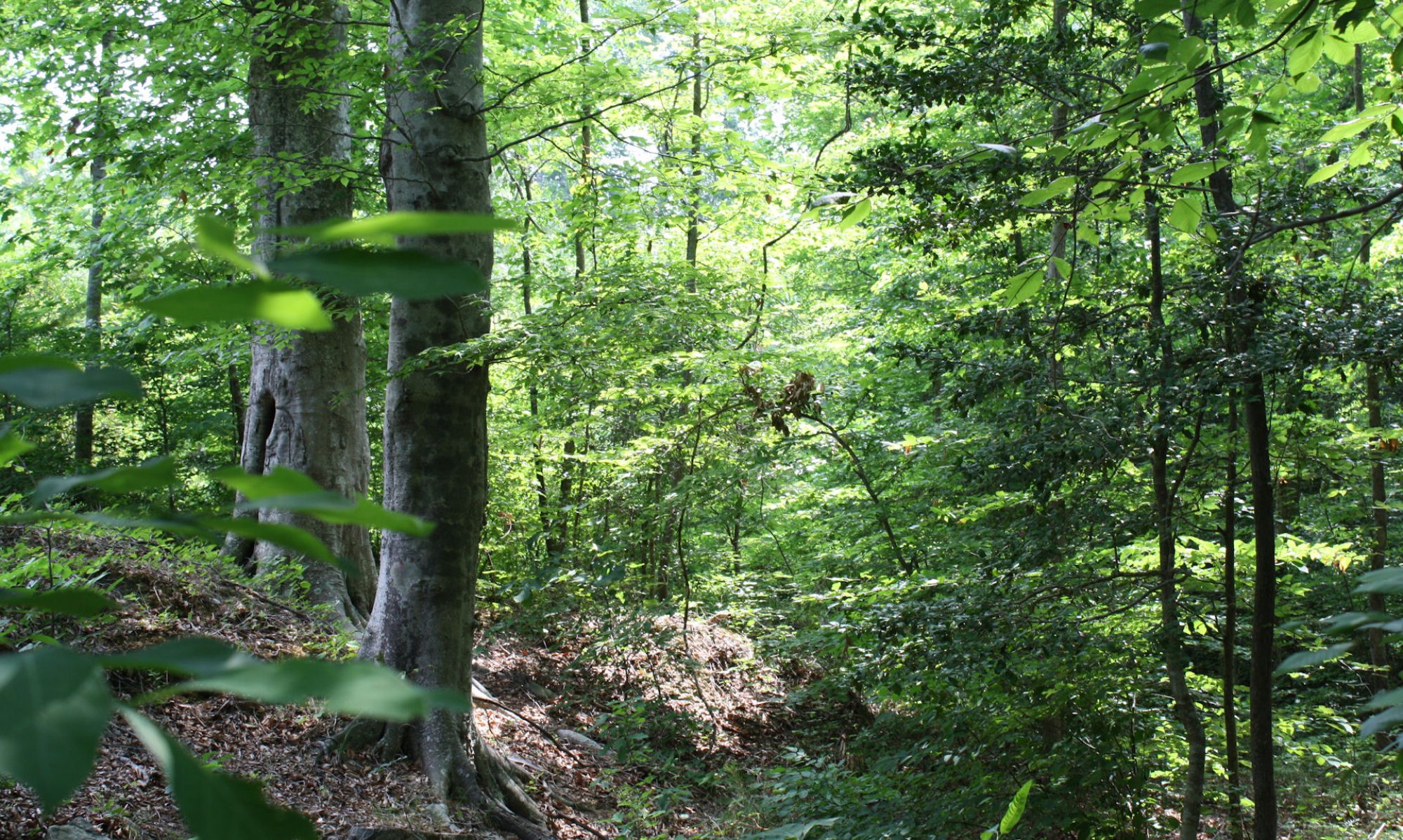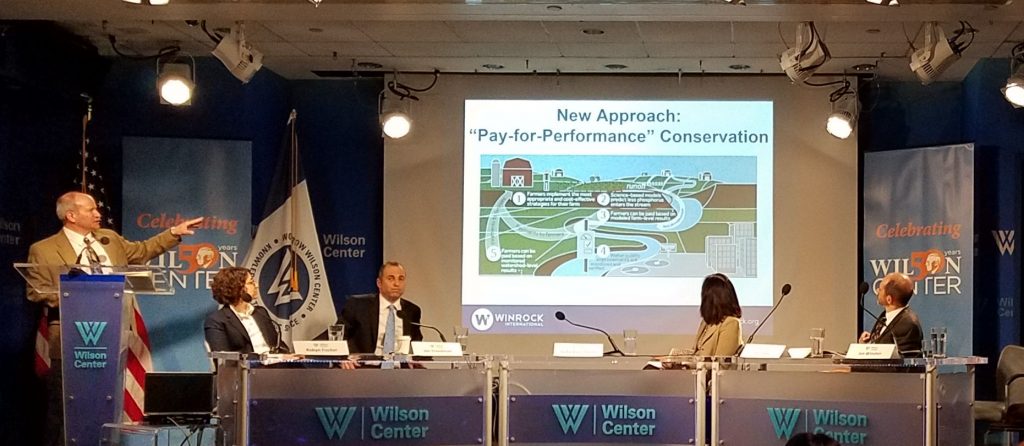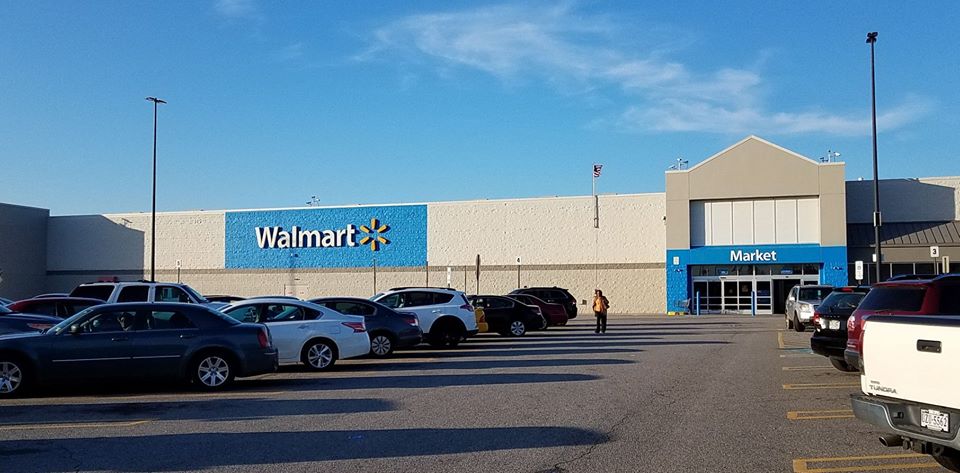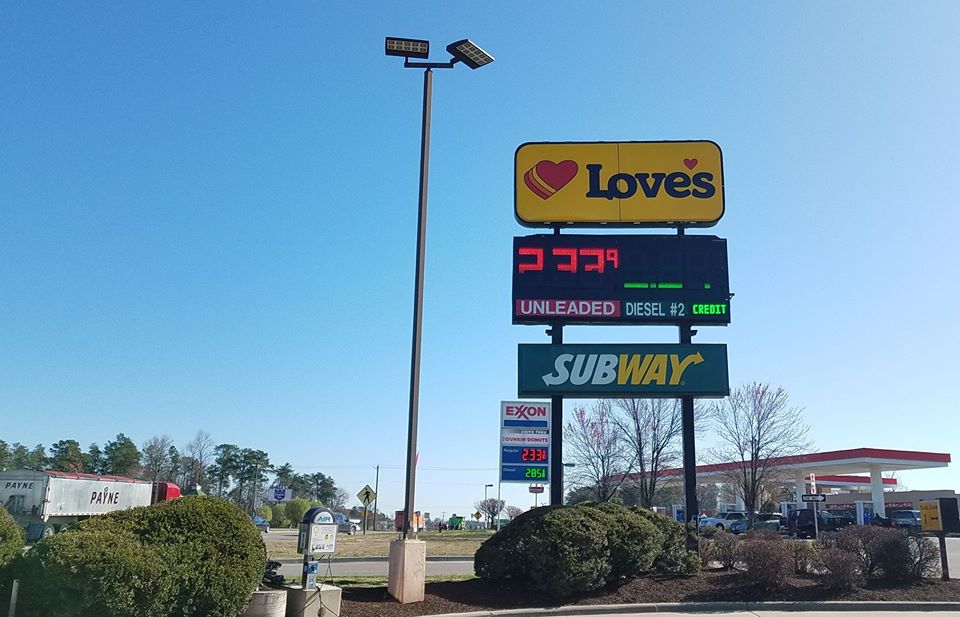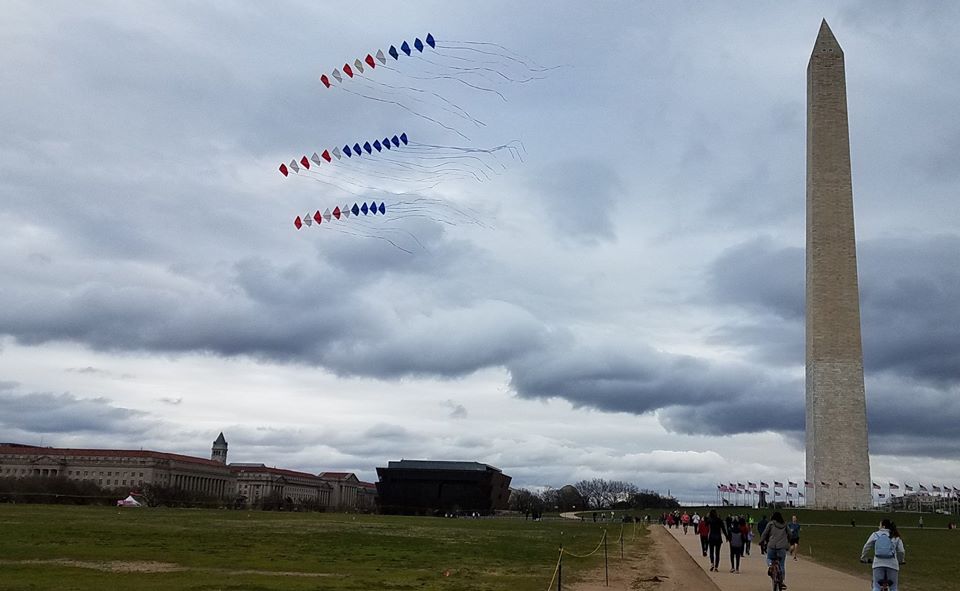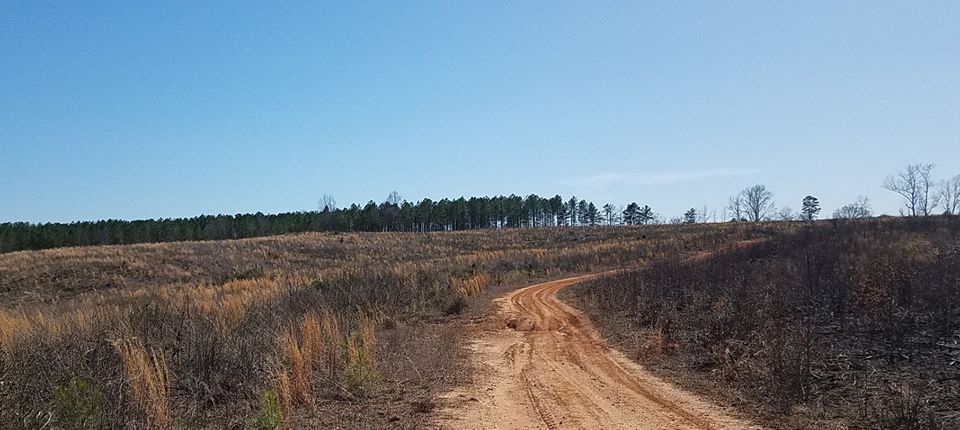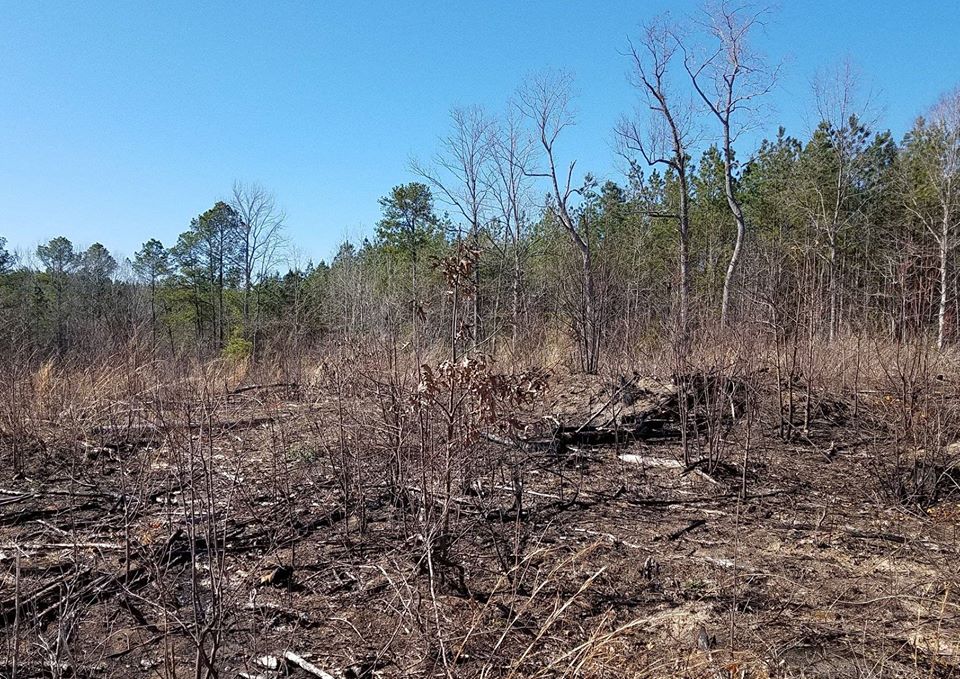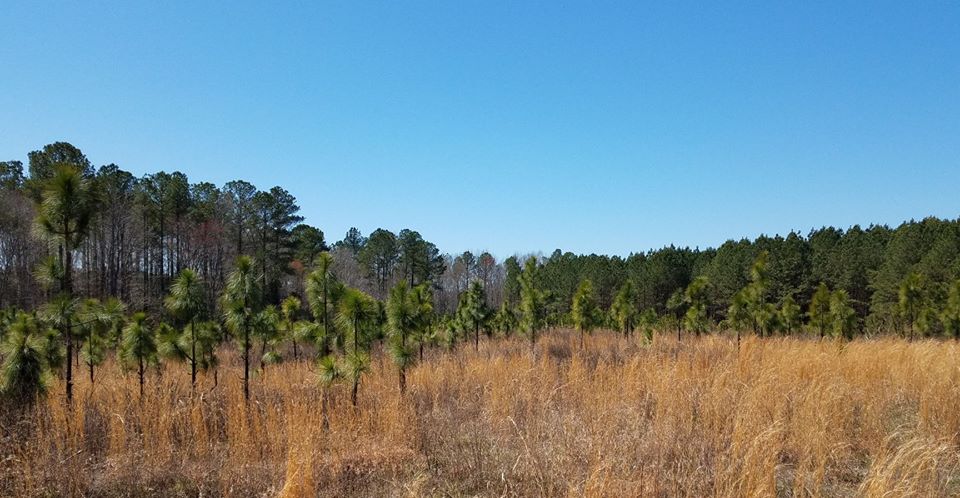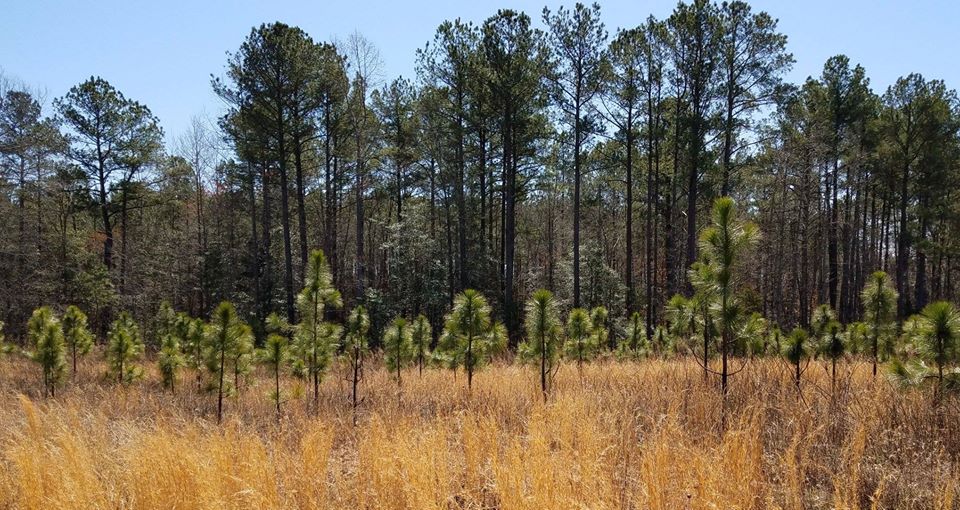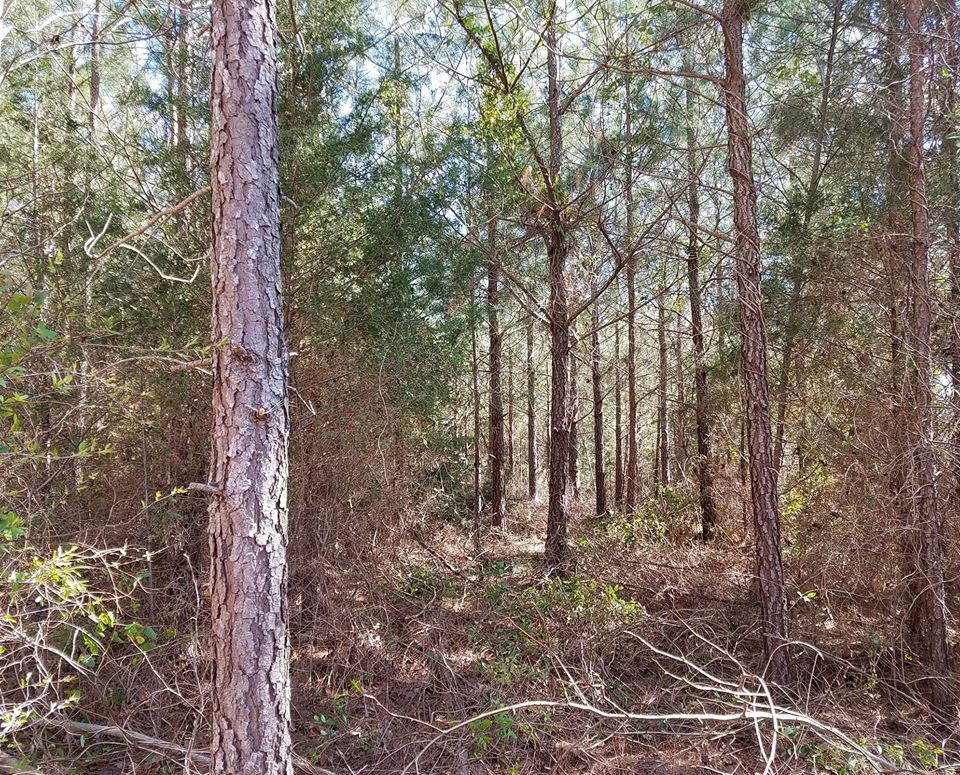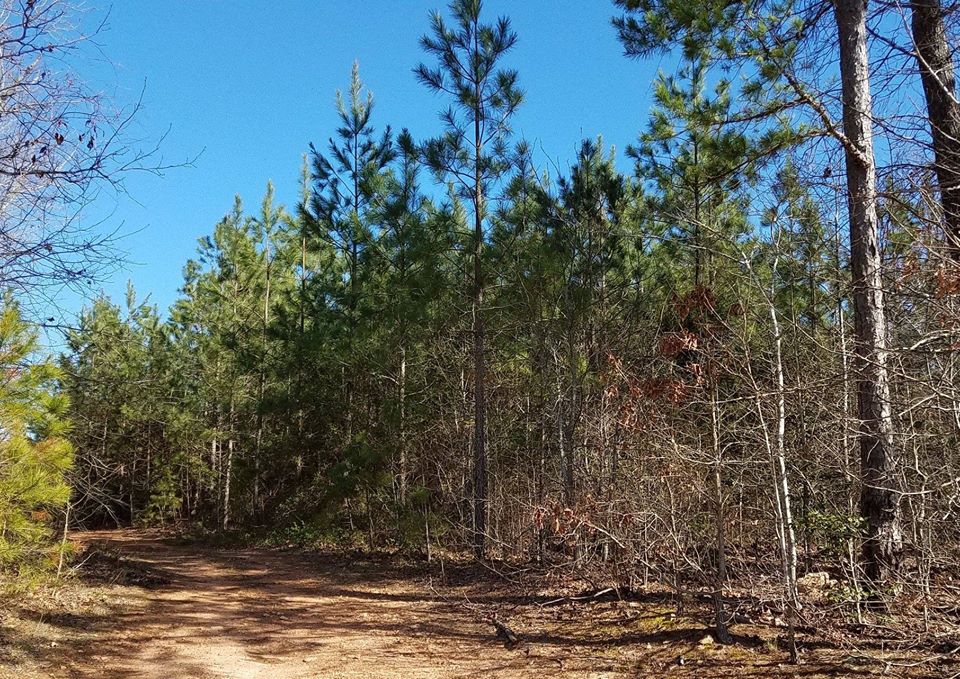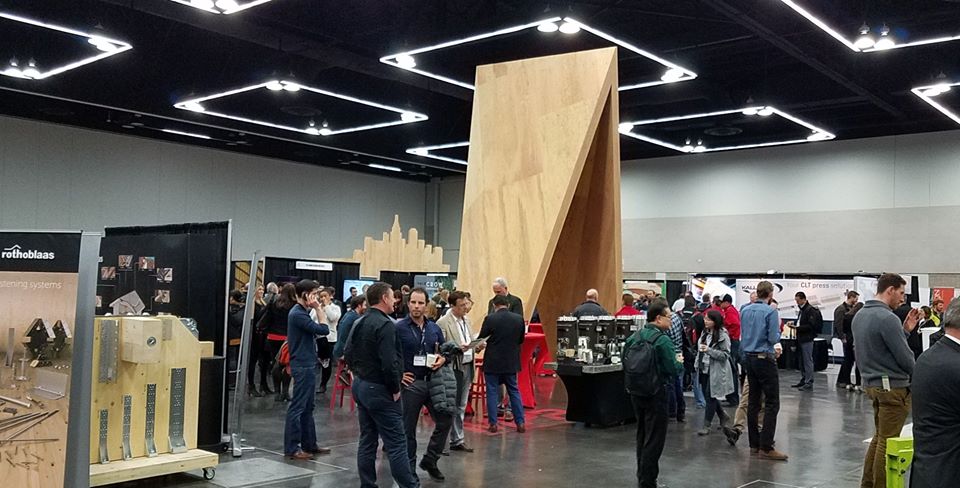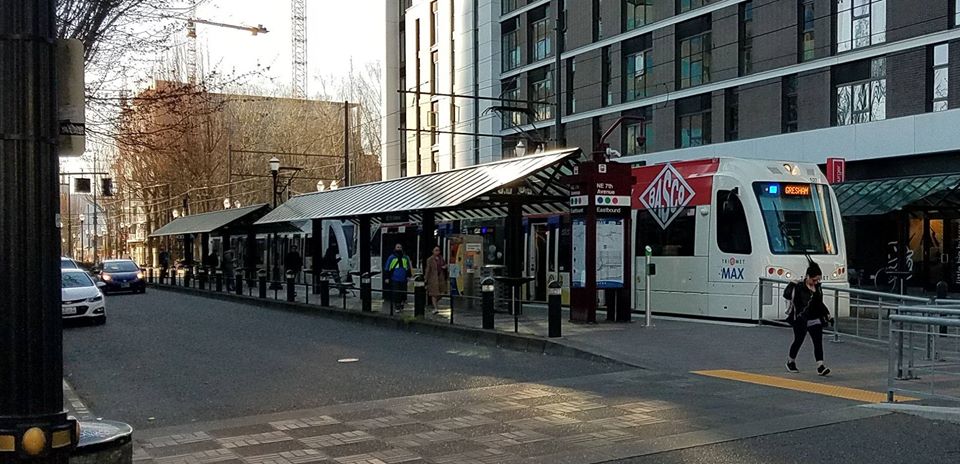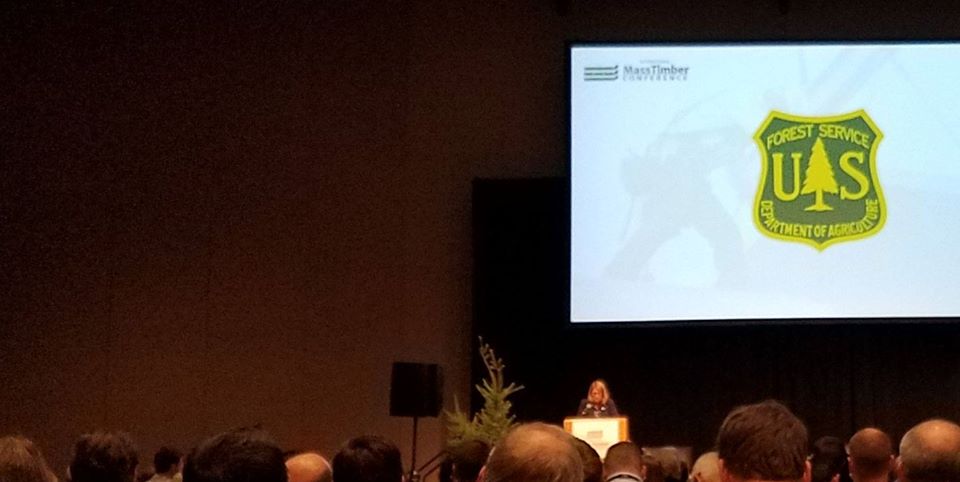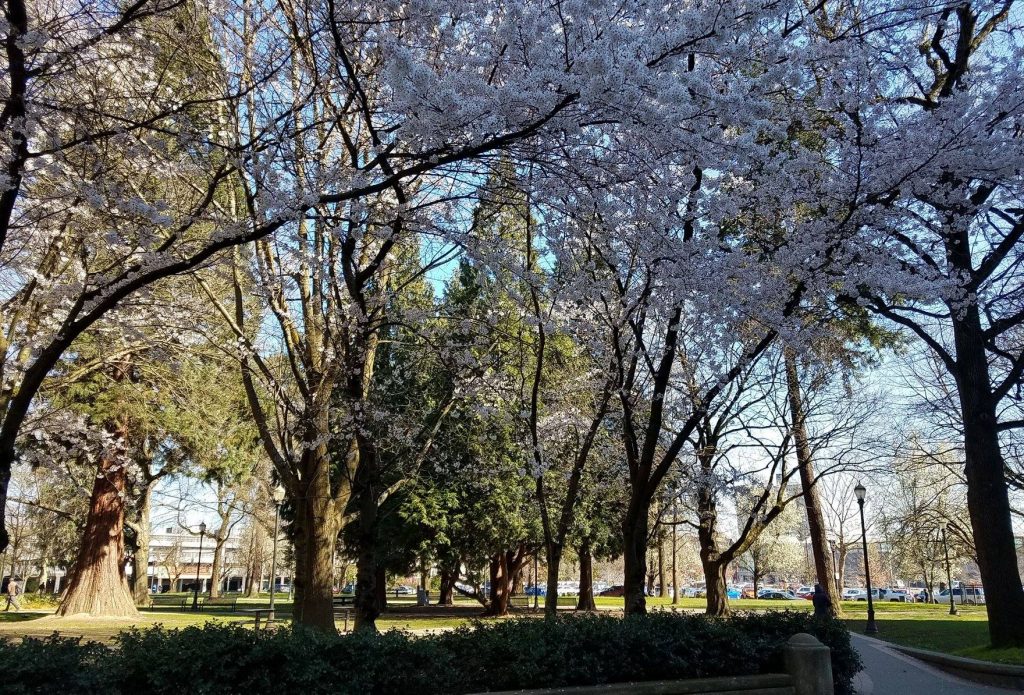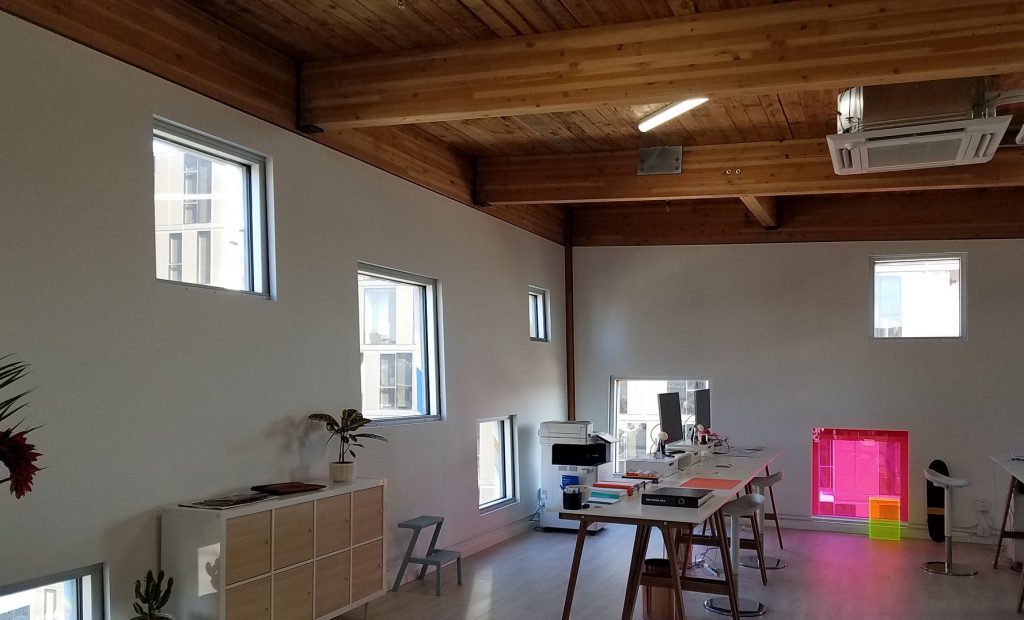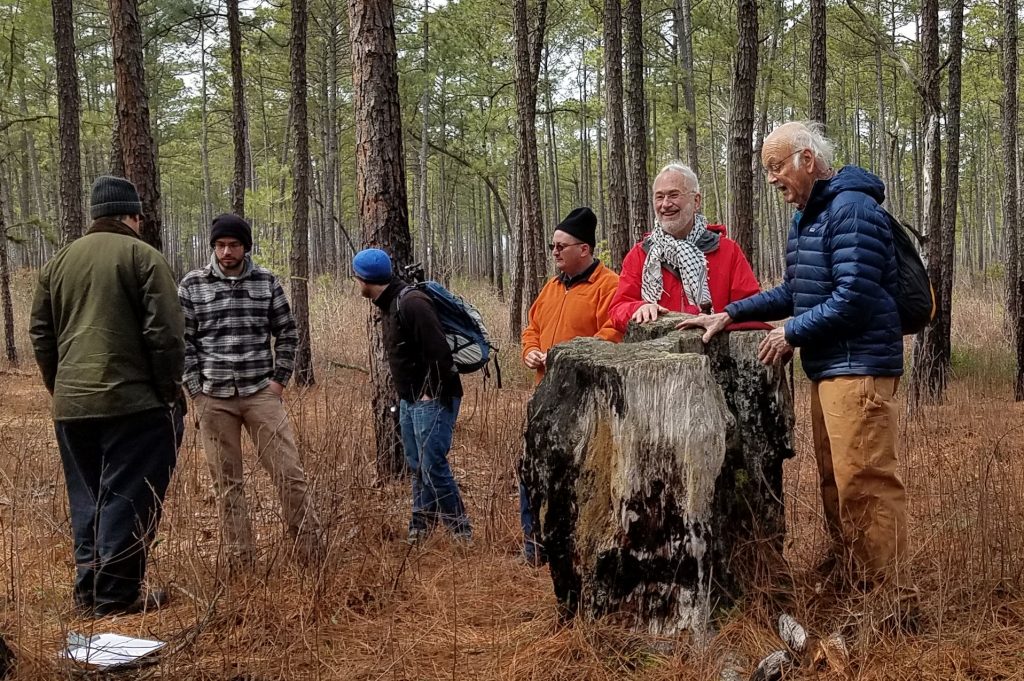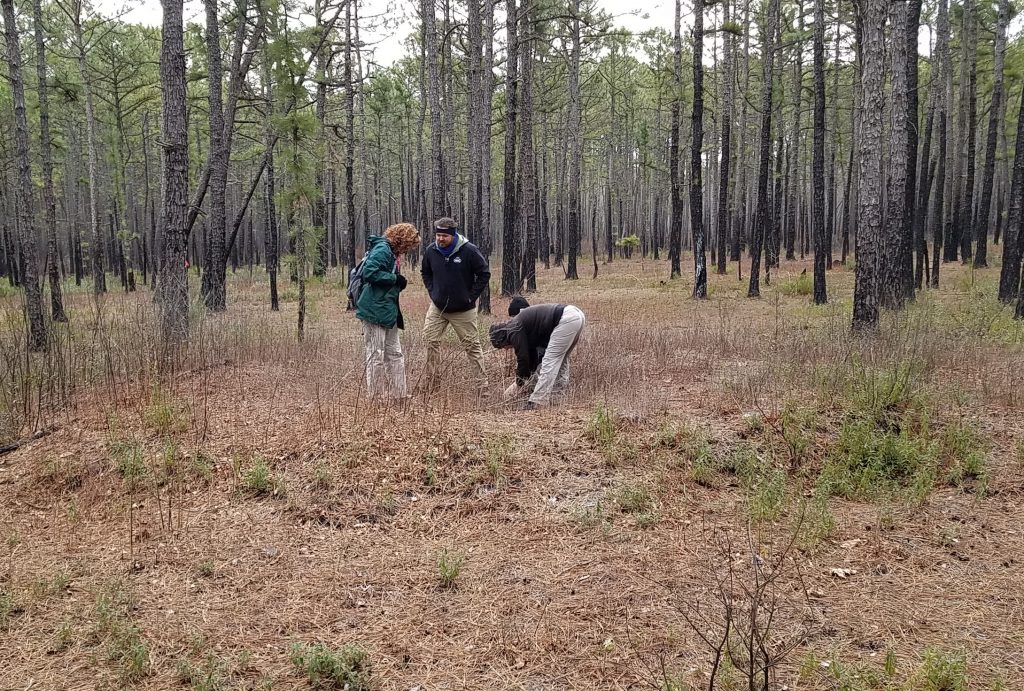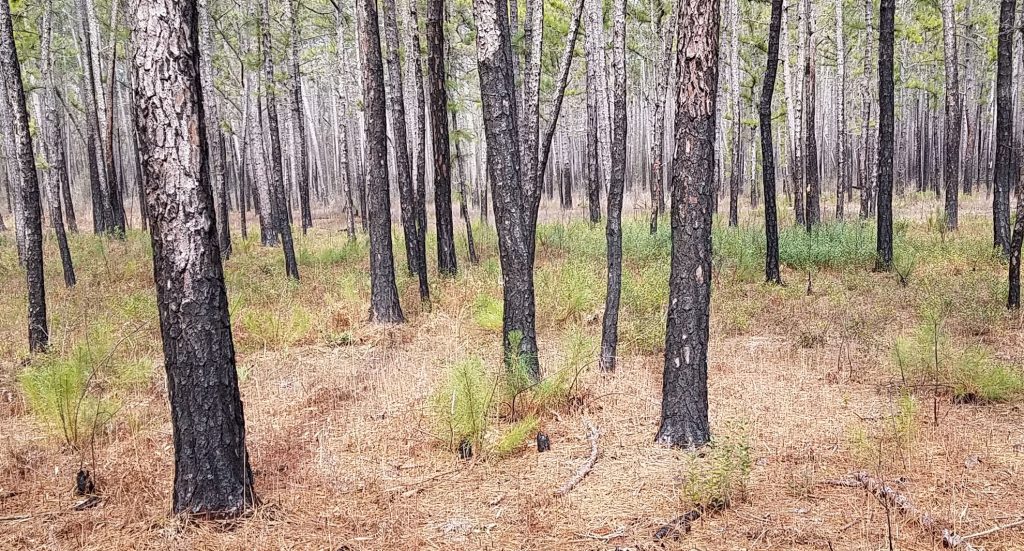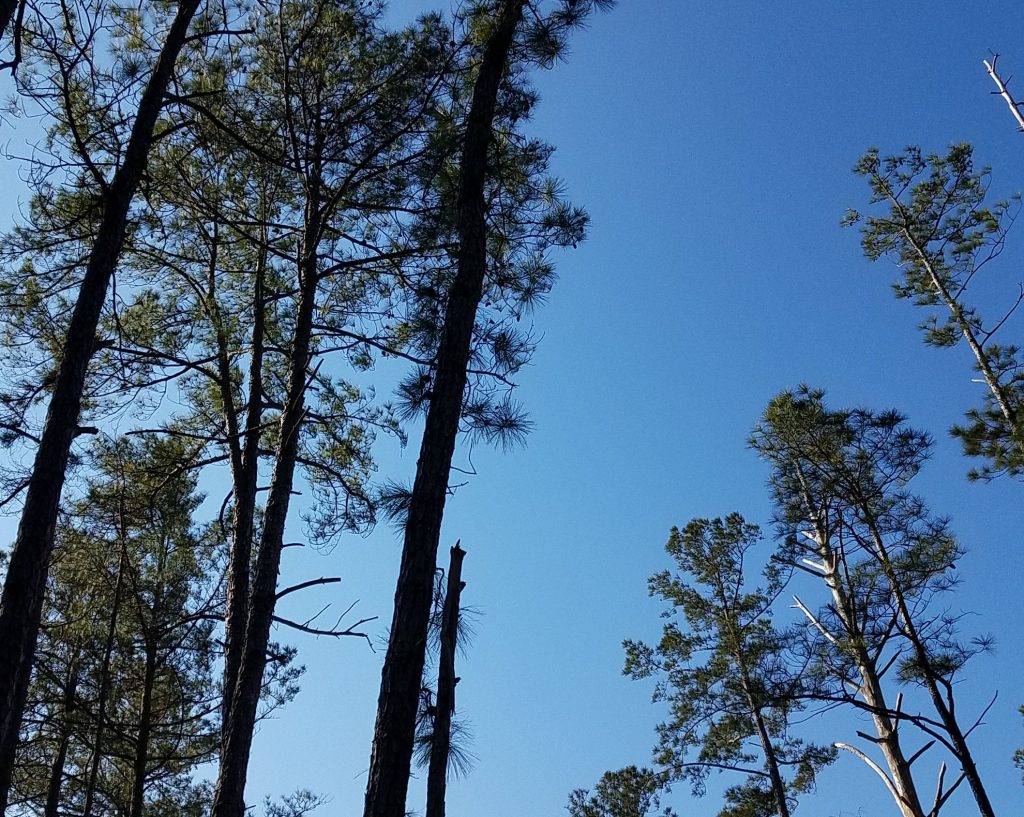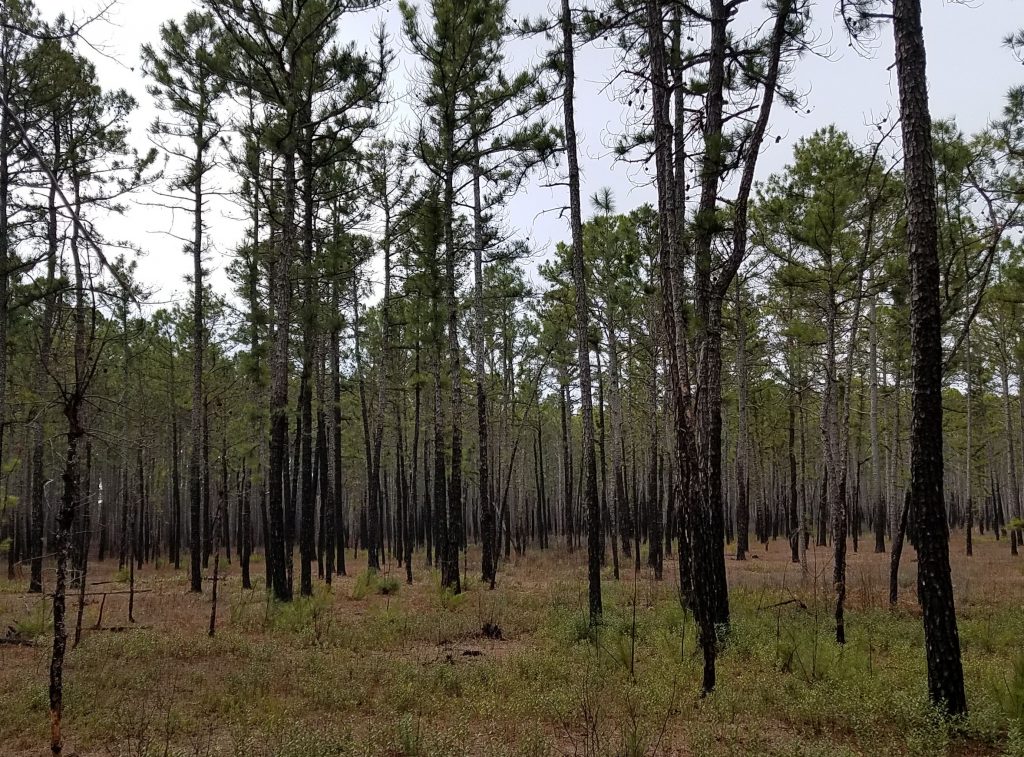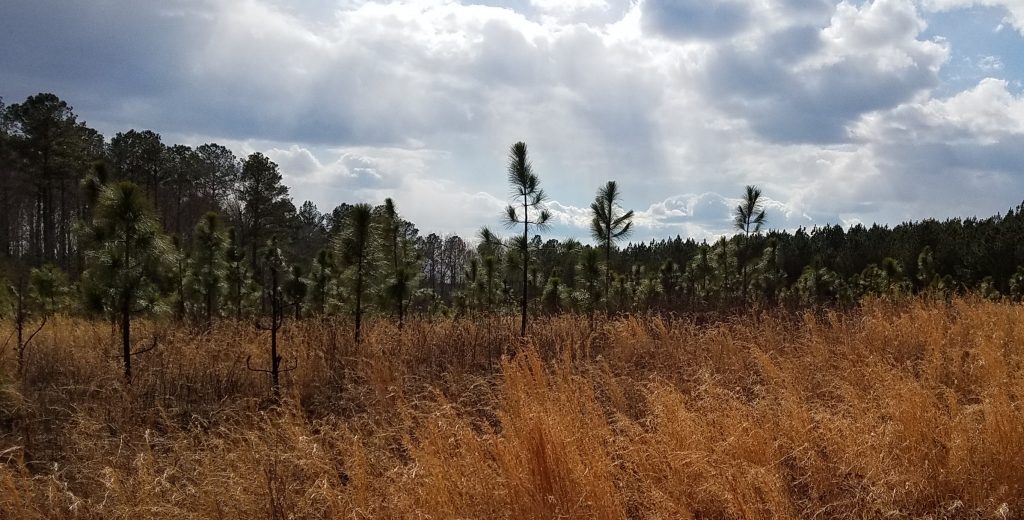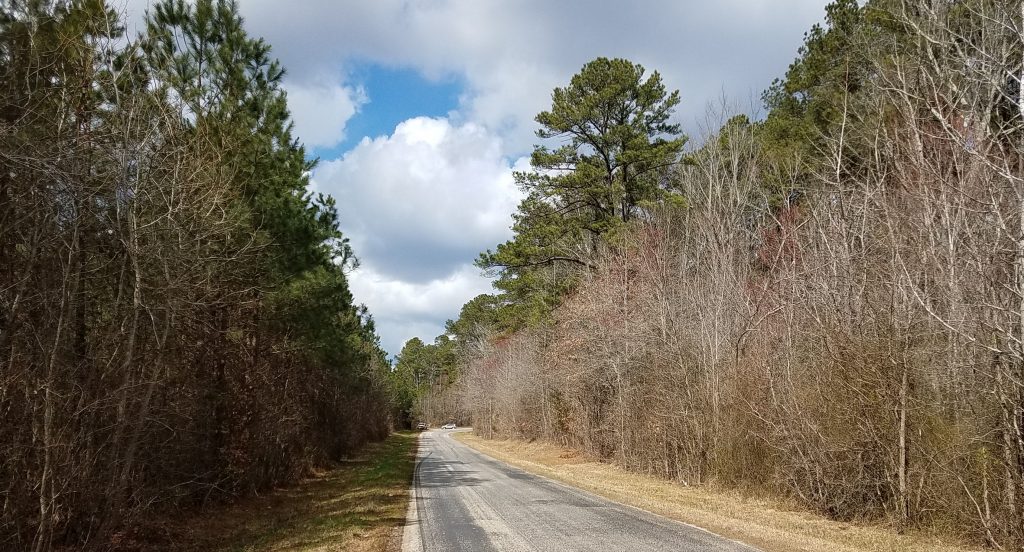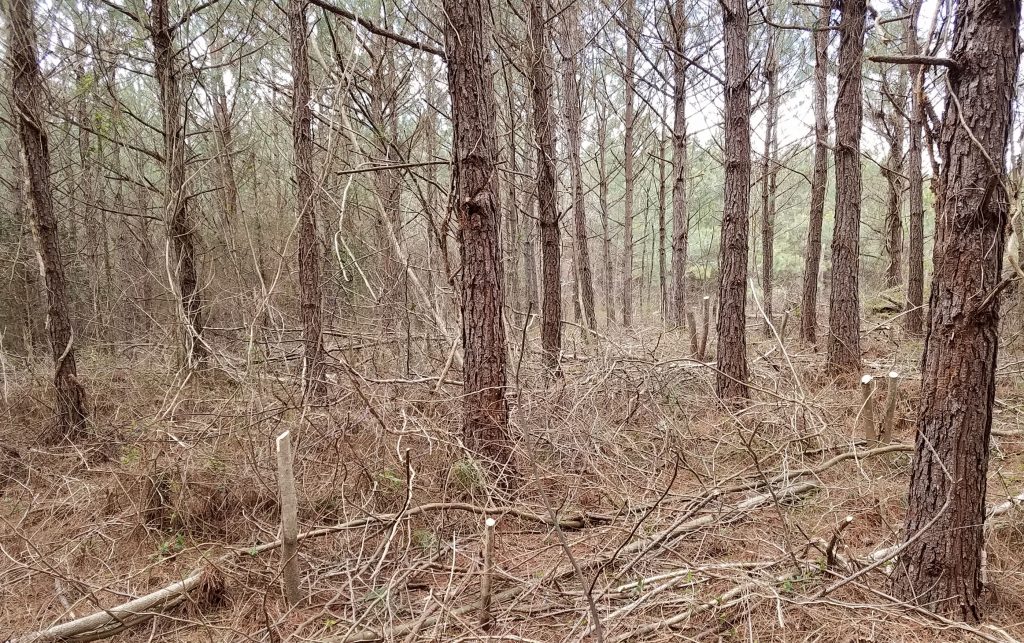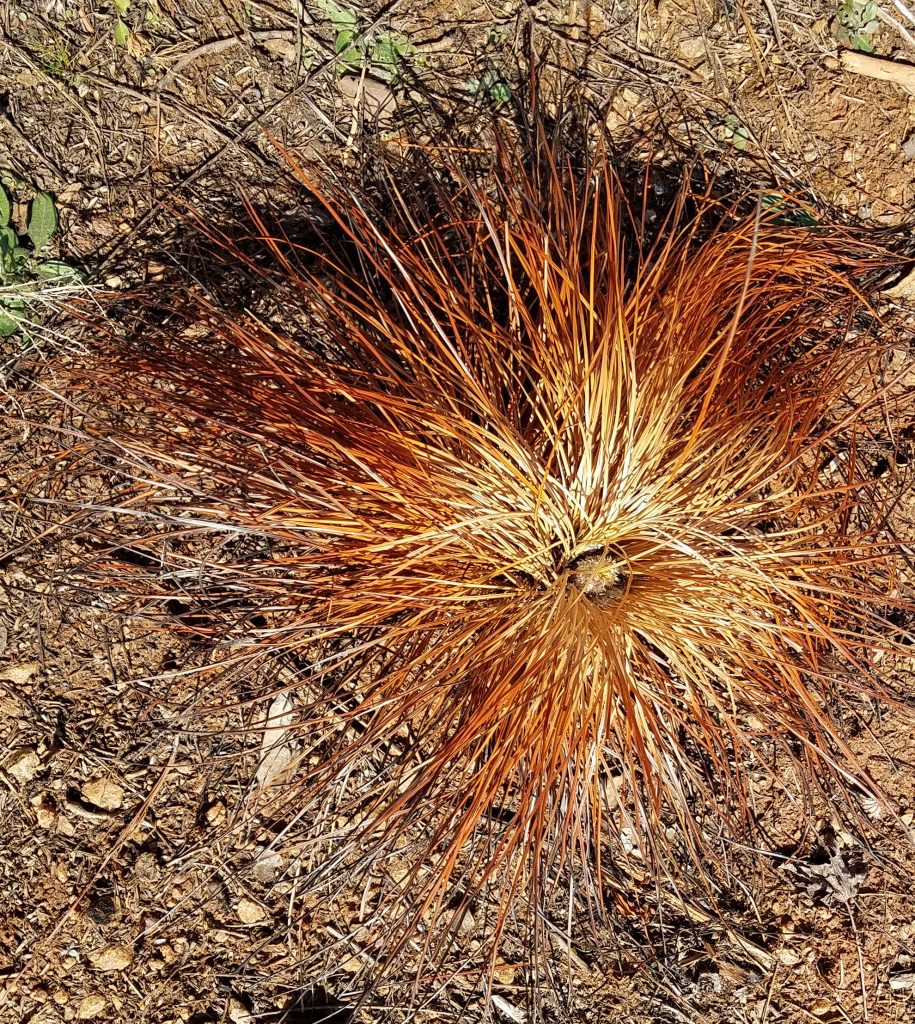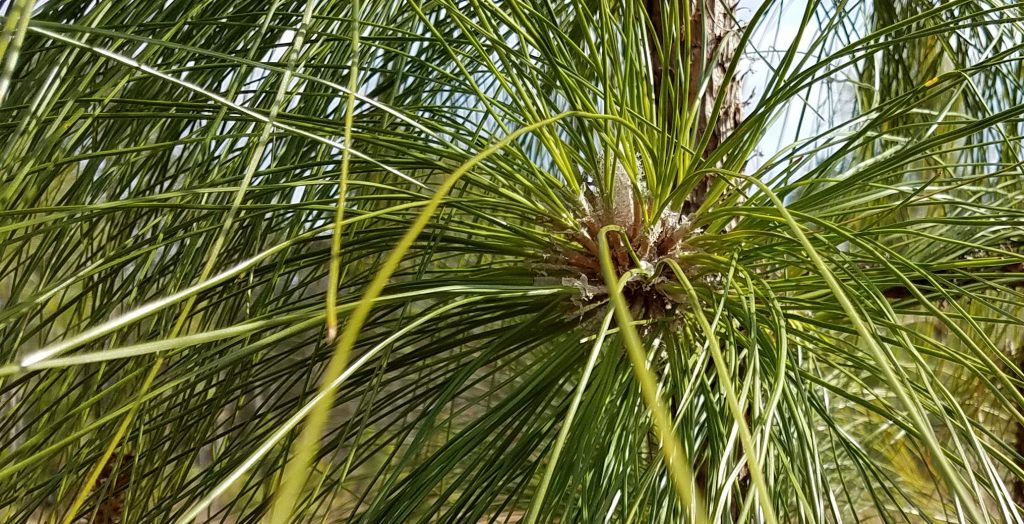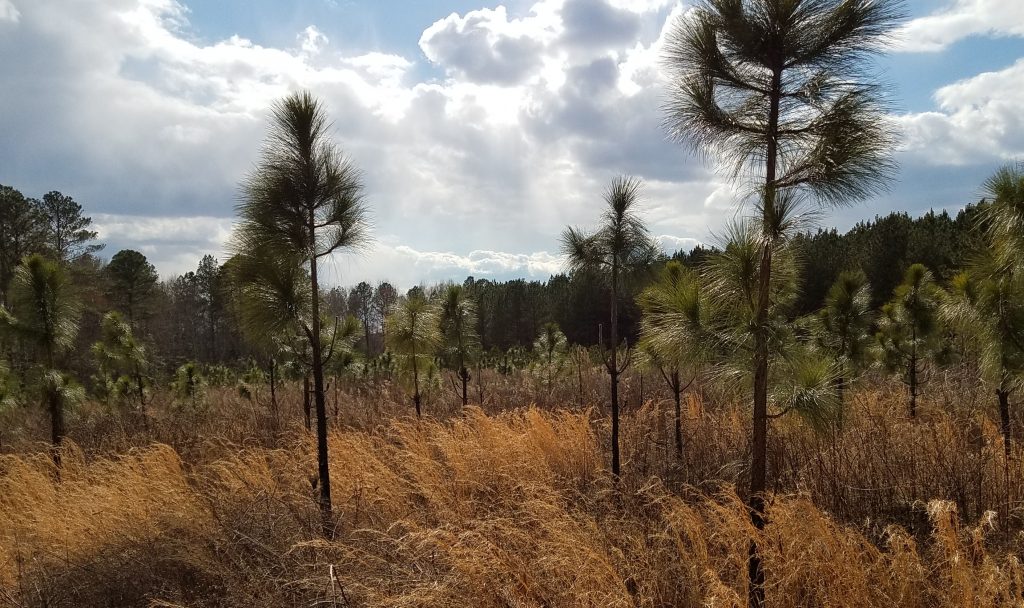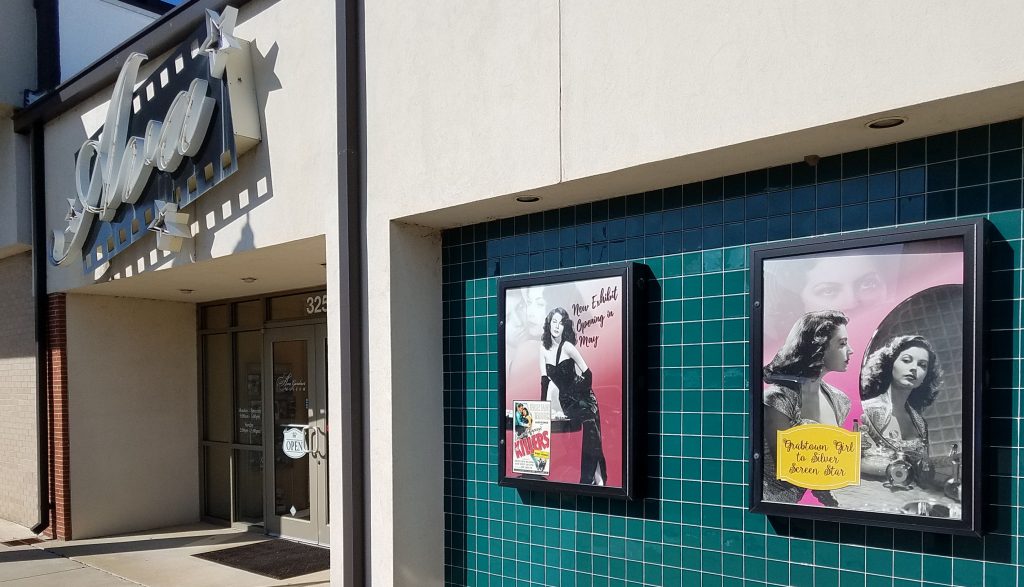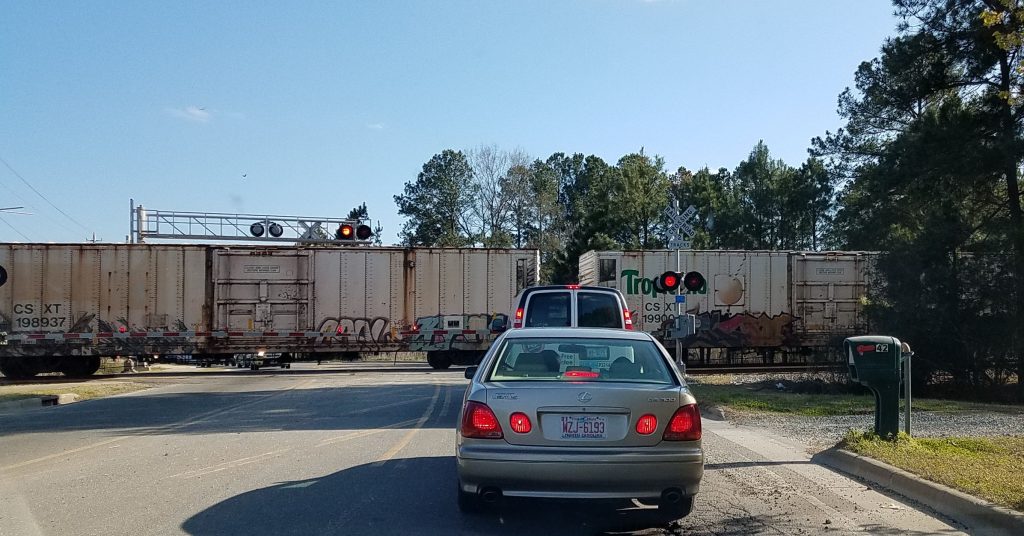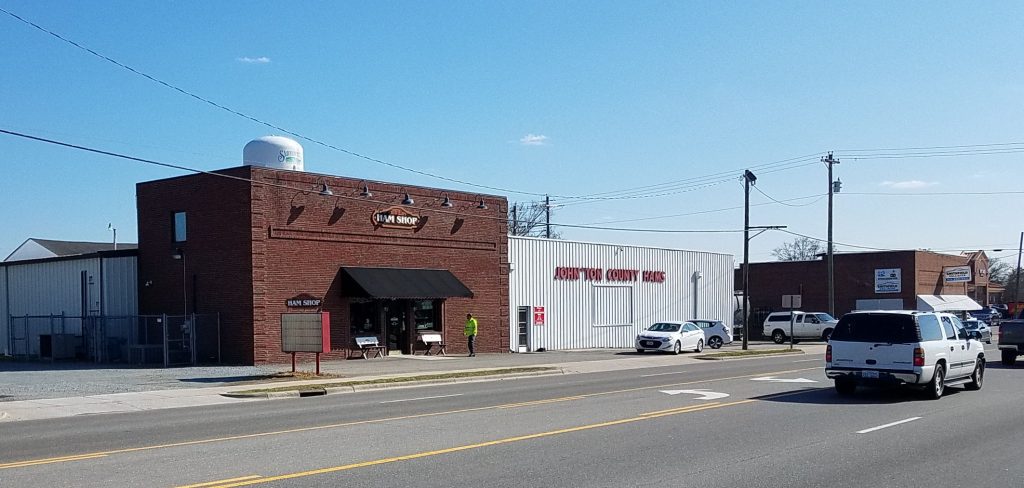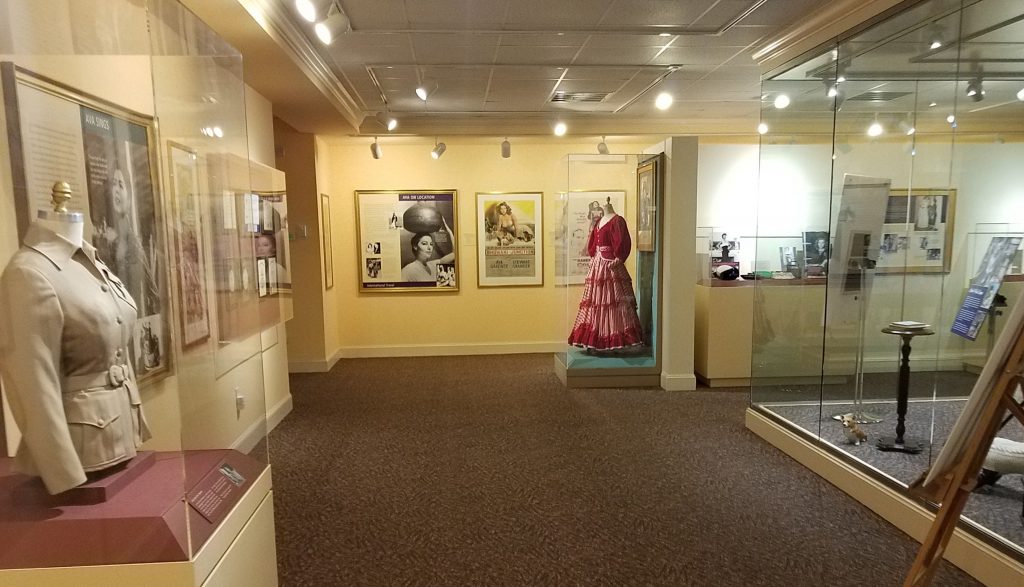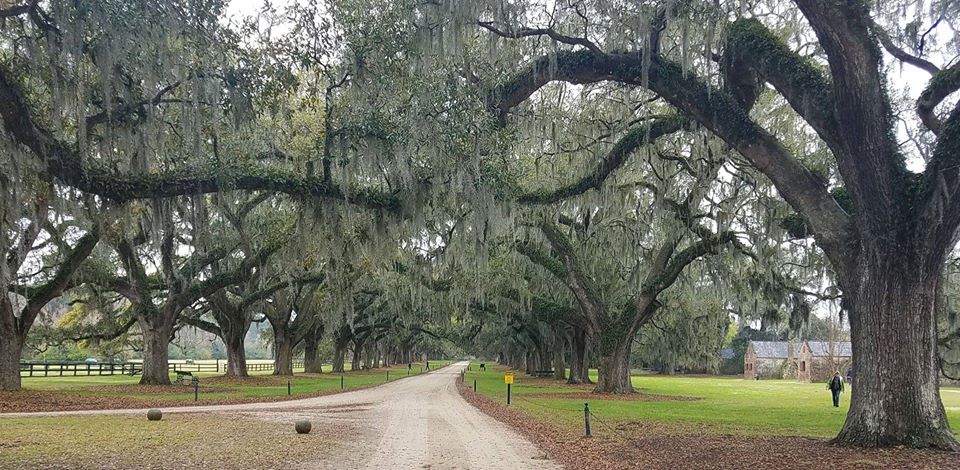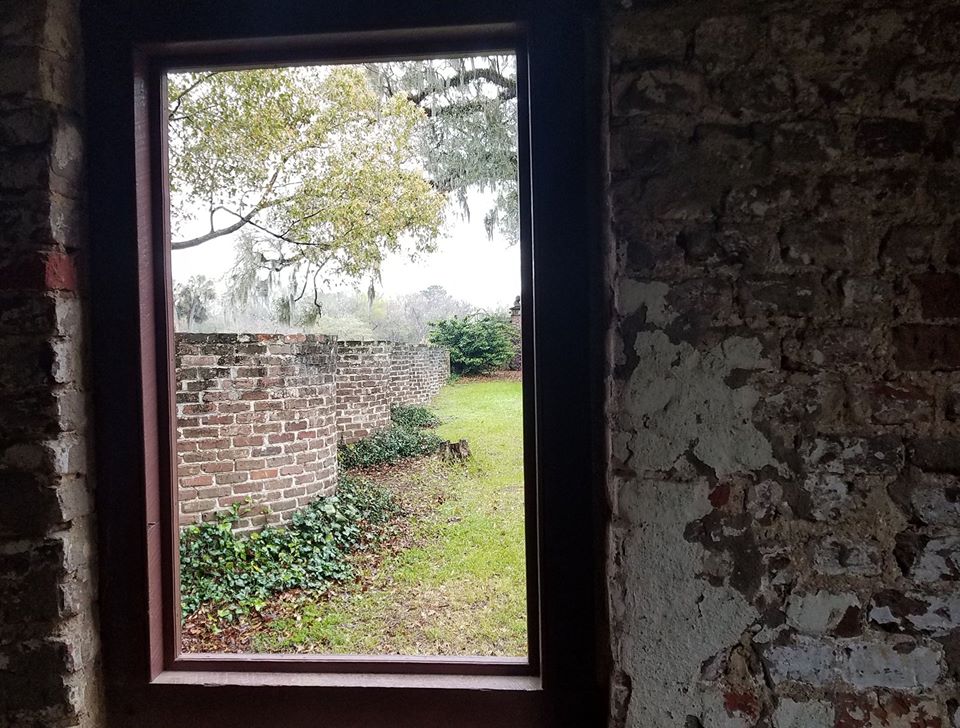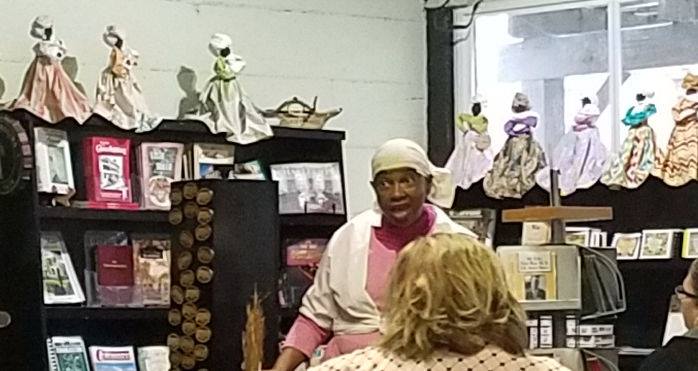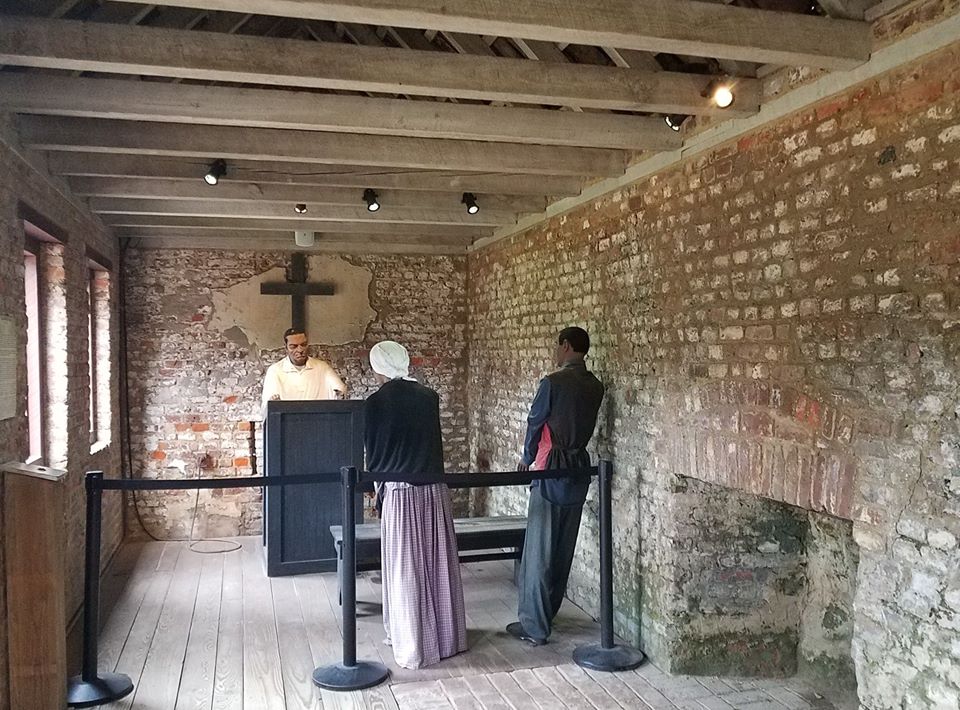
I heard of the hyperloop, but didn’t know much about it, nor did I think it was something feasible in the near term. The discussion at AEI – “Is the hyperloop the future of transportation” – cleared up a few things for me.

The keynote speaker was the dynamic Maryland transportation secretary and the chairman of the Maryland Transportation Authority, Pete Rahn. He did a very smart thing before starting his talk. He went around and introduced himself to the guests in the front couple of rows. I was among them. It made us pay more attention and feel closer to the subject and the man explaining it. He started off talking about the alternatives. The status quo is not working well, what with congestion growing all the time. Mr. Rahn studied maglev in Japan. They are very smooth and fast, but probably impractical for Maryland & Washington. Maglev are expensive, and they take up a lot of space. It is unlikely that they could get the space.
Mr. Rahn said that the future is not far off for hyperloop. In fact, it is almost here. Work has started on a near New York Avenue in the District. The advantage of hyperloop is that it is underground. This is not a panacea. There are lots of things underground that need be considered. That is why the hyperloop will follow MD 295 to Baltimore. There are fewer property owners to consider. It should have no impact on the road above. The idea is for it to reach New York.
Hyperloop will compete mostly with Amtrak. Private autos have the advantage of flexibility. What I did not know is that hyperloop will also carry freight. I had envisioned pods something like the size of private cars. In fact, they will be more like airlines. The freight pods must be designed to be intermodal, or the hyperloop needs be designed to take standard container sizes. This is not a problem for the width, but length might be a problem around curves. The containers do not bend.
The discussion session addressed specifics. With time, they may add more stops. Maybe little pods could join with trains and split off as appropriate. For example, you might join the train on pod coming from Union Station riding in pod A. Once on the train, you could move to pod B being dropped off from the train in Columbia, MD. I envision one of those cartoon that shows how red blood cells move through the circulatory system.
A prototype Hyperloop will be tested literally in a couple days, on April 17 in France. It will go only 1.4 kilometers (less than a mile) but it will show the concept.
